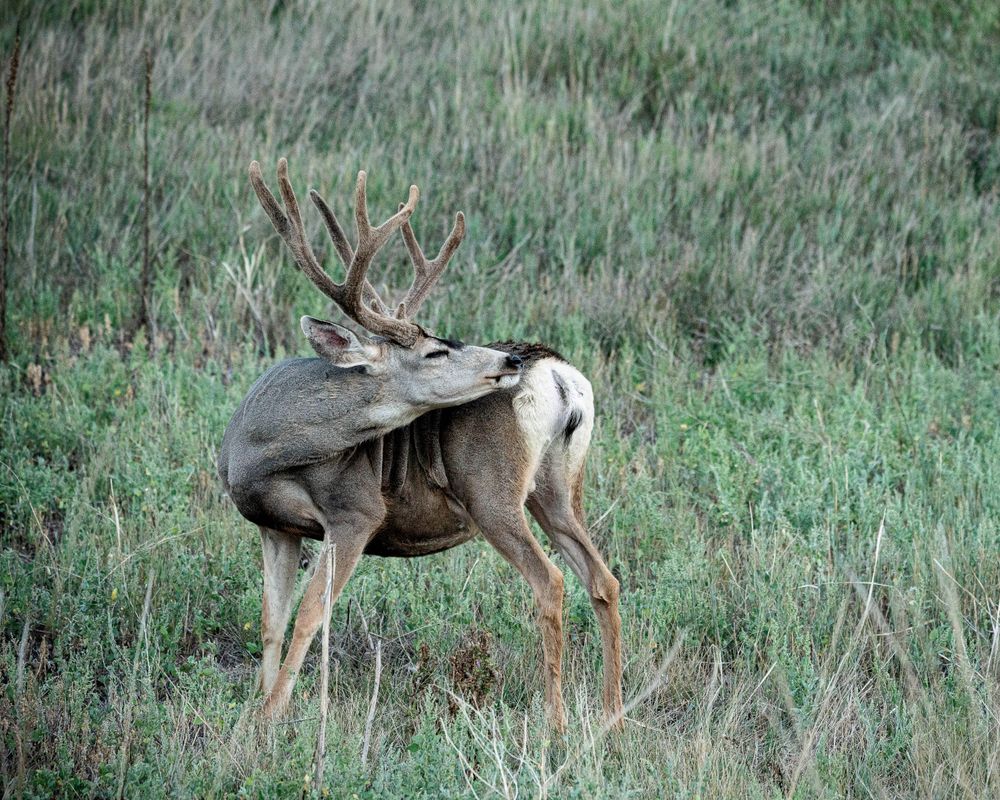Leave No Trace
Respect Wildlife
The diverse wildlife in Ute Valley Park is one of its greatest treasures, offering visitors the chance to encounter nature in its purest form. To preserve this unique experience for everyone, it's vital to practice the Leave No Trace principle of "Respect Wildlife."

Respecting Wildlife at Ute Valley Park
Ute Valley Park is a beautiful natural area that many of us enjoy visiting for recreation and relaxation. However, it’s important to remember that we share this space with a diverse array of wildlife. As park visitors, we have a responsibility to respect these animals and their habitat.
When we visit the park, we are guests in the home of countless wild animals. Respecting their space and habits is not just courteous—it’s crucial for their survival and the health of the ecosystem.
What does it mean to Respect Wildlife?
Respecting Wildlife involves:
- Observing animals from a distance to avoid distressing them.
- Refraining from feeding wildlife, which can lead to unhealthy dependency and risk of disease.
- Keeping pets on a leash and under control to prevent them from chasing or harassing wildlife.
- Avoiding wildlife during sensitive times, such as mating, nesting, or when they have young with them.
Why is it important to Respect Wildlife?
This principle is important because it:
- Protects animal welfare and preserves natural behaviors.
- Maintains ecological balance and ensures species can thrive in their natural habitat. Wildlife plays a crucial role in maintaining healthy ecosystems through complex relationships like predator-prey dynamics, seed dispersal, and nutrient cycling.
- Enhances visitor safety, as wildlife is unpredictable and can be dangerous when threatened.
- Ensures that future visitors can also enjoy watching wildlife in its natural state.
How can visitors practice Respecting Wildlife?
Visitors can show respect for wildlife by:
-
Using binoculars or a zoom lens for a closer look.
Get a close-up view without getting too close physically. This minimizes stress for animals, allows you to observe their natural behavior, and enhances your experience by revealing details you might otherwise miss.
-
Being mindful of noise levels.
Loud noises can frighten wildlife and disrupt their communication, mating rituals, and hunting behaviors, which can have far-reaching ecological consequences. Speak softly and avoid loud activities that could disturb animals in their natural habitat.
-
Storing food and trash securely.
Use bear-proof trash cans provided at park trailheads to dispose of garbage, and store your food appropriately while utilizing the park. This prevents wildlife from being attracted to human food, which can be harmful to their health and disrupt their natural foraging habits. Proper food storage also maintains the cleanliness and safety of the park for all visitors. Remember to always pack out and properly dispose of pet waste.
-
Learning about the wildlife.
Before you visit, take time to learn about the animals you might see in Ute Valley Park, such as mule deer, coyotes, rattlesnakes and black bears. Understanding their behavior and needs helps you make responsible decisions while in their presence.
Preserving the Sanctuary for All
By treating Ute Valley Park’s wildlife with respect, we not only ensure the well-being of individual animals but also contribute to the long-term health of the entire ecosystem. As park visitors, we have the power to make a positive difference through our actions and choices. Let us embrace this responsibility and set a positive example for others, so that future generations may also have the opportunity to marvel at the beauty and diversity of the wildlife in this special place.
By following the Respect Wildlife principle, visitors can ensure that Ute Valley Park remains a sanctuary for both animals and people. Let’s enjoy the privilege of observing these creatures by giving them the respect and space they need to live undisturbed.